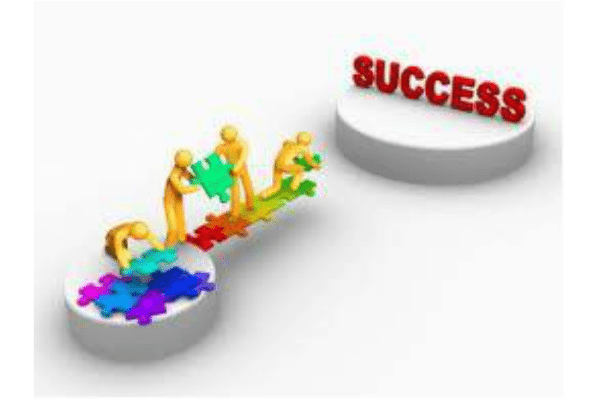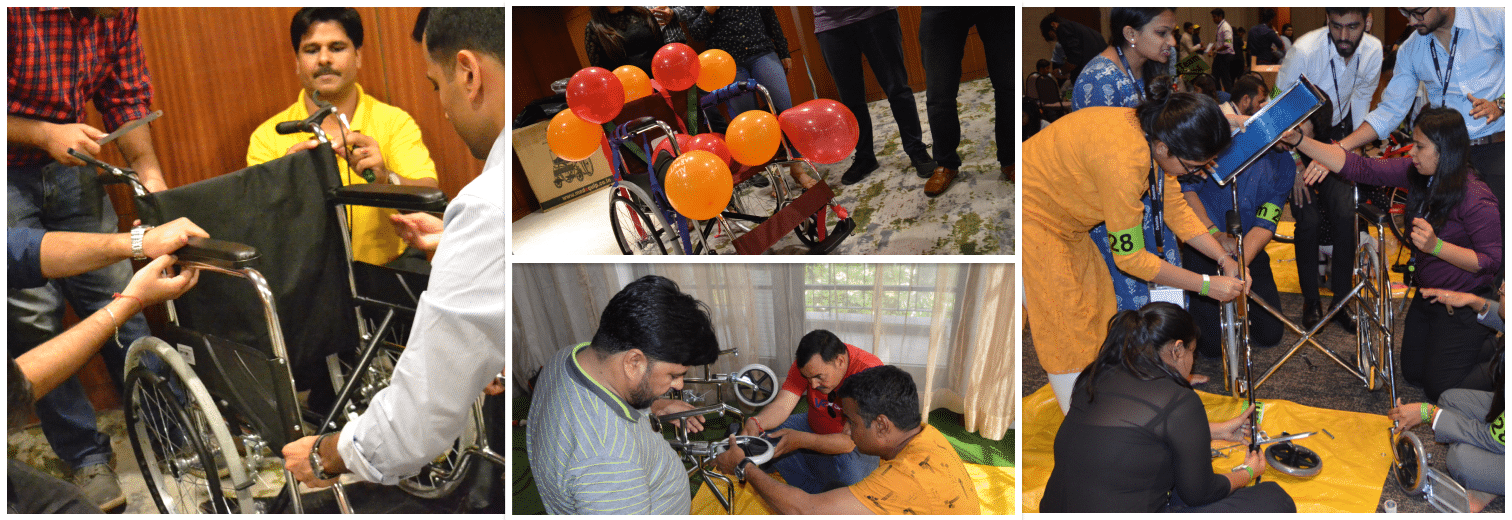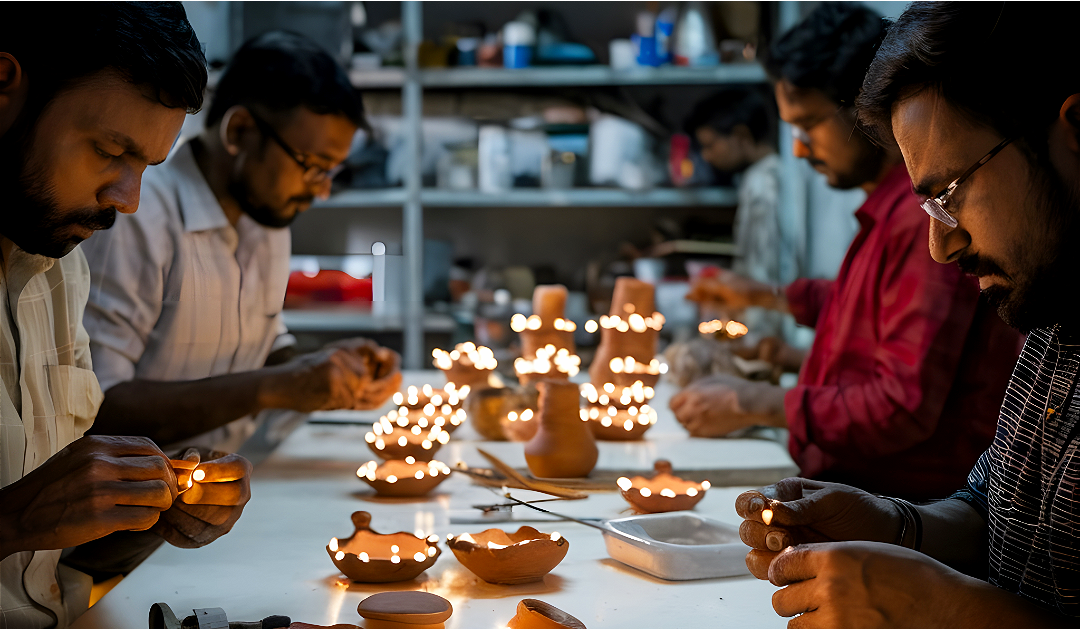Introduction: Does Crisis Really Build Teams? Or Is It Success?
Table of Contents
It’s often said that crisis brings people together. But in our experience facilitating learning journeys across industries, we’ve found that success does an even better job of building lasting team bonds. There’s something about winning together — solving a tough challenge, achieving a stretch target, or completing a major project — that forges trust faster and more deeply than surviving adversity.
Yes, challenges create shared stories. But success creates shared pride. And pride fuels belief.
The Real Dynamic: It’s a Cycle, Not a Straight Line
We’ve seen many organisations fall into the trap of viewing team bonding as a precursor to success — as if once people are close-knit, results will follow.
But what if it’s the other way around too?
What if success actually leads to stronger bonding?
What we’ve observed in our work with client teams is this:
Team bonding and team performance are cyclical. They feed into each other.
- A team that achieves together begins to trust each other more.
- That trust leads to more open communication and smoother collaboration.
- Which, in turn, makes the next success more likely.
Related Reading: Cricket: For team bonding
What Makes Success Such a Powerful Catalyst for Team Bonding?
1. Shared Wins Build Collective Confidence
When a team wins together, there’s a psychological shift. The mindset goes from “me” to “we.”
In our experience, even teams with low initial morale or trust tend to unite after successfully achieving something meaningful together.
Related Reading: This Independence Day, Free Yourself From ME and move to WE
2. Success Offers Proof of Competence
A common challenge in team dynamics is the unspoken doubt — Can I rely on others? Do they have what it takes? Success erases those doubts.
When people see each other in action and achieve results, respect grows. And where there is respect, trust follows.
3. Positive Emotions Reinforce Team Memory
Success is often accompanied by joy, celebration, and recognition — all of which create lasting emotional impressions. These shared emotional experiences become the bedrock of strong team culture.
Creating a Culture Where Success Is a Team Experience
In The Wisdom of Teams, Katzenbach and Smith argue for developing a culture where performance is prioritised — not at the cost of relationships, but as a means to deepen them.
So how do you build such a culture?
In our work with corporate teams, two critical enablers emerge repeatedly:
1. Leadership Behaviour
Leaders who model resilience, optimism, and a clear focus on outcomes set the tone for the entire team. They remind the team that success is not a fluke – it’s a habit.
We’ve noticed that leaders who also share credit generously and celebrate team wins publicly tend to strengthen bonds more effectively than those who only highlight metrics.
2. Consistent Communication Across Functions
Performance culture isn’t built in silos. From HR to operations to marketing, every department must echo the importance of shared success — and how individual contribution ladders up to collective achievement.
What helps:
- Stories of success across teams
- Townhalls where employees present wins
- Celebrating learning even when goals are missed
L&D Takeaway: Leadership programs should include modules on recognition, storytelling, and vision-sharing to help leaders communicate success more meaningfully.
What Happens When Success Is Missing?
On the flip side, we’ve seen what happens when teams don’t feel successful for long stretches:
- Blame becomes more frequent
- Energy and engagement drop
- People start working in silos
- Risk-taking and collaboration fade
Without visible wins, teams begin to doubt not just each other — but themselves.
This is why celebrating even small wins is so critical.
“A win doesn’t need to be big to be meaningful. It just needs to be shared.”
Lessons for L&D: Designing Team Experiences That Foster Wins
As learning designers and facilitators, we’ve reflected deeply on what makes team experiences impactful. And here’s one of our biggest learnings:
Success is a better teacher than frustration.
Yes, challenge is important. But challenge must lead to achievable outcomes.
In our experiential learning sessions, we’ve shifted focus to ensure that most activities:
- Involve a shared objective
- Present a real but solvable challenge
- Allow for teams to feel the satisfaction of achievement
Why? Because when teams win, they bond.
And the debrief becomes far richer:
- What did we do right?
- What made us come together so well?
- How can we replicate this at work?
Is Performance-Driven Culture Easy to Build?
Not at all. But it is worth it.
To quote Margaret Mead: “Never doubt that a small group of thoughtful, committed citizens can change the world. Indeed, it’s the only thing that ever has.”
Building a culture where performance is celebrated — not at the cost of people but through people — is hard. It takes:
- Clarity of purpose
- Consistent communication
- Emotional intelligence in leadership
- Patience and long-term thinking
In our experience, teams don’t need motivation to bond. They need momentum — and nothing creates momentum like success.
Final Thoughts: Design for Wins, Not Just Lessons
So often, team-building interventions focus on revealing dysfunction, spotlighting gaps, or simulating failure.
What if we designed more for shared success instead?
- What if our training programs helped teams win together?
- What if our leadership messages made celebration a strategy?
- What if we measured progress not just in business results, but in collective energy?
Because success doesn’t just build careers. It builds connection.





